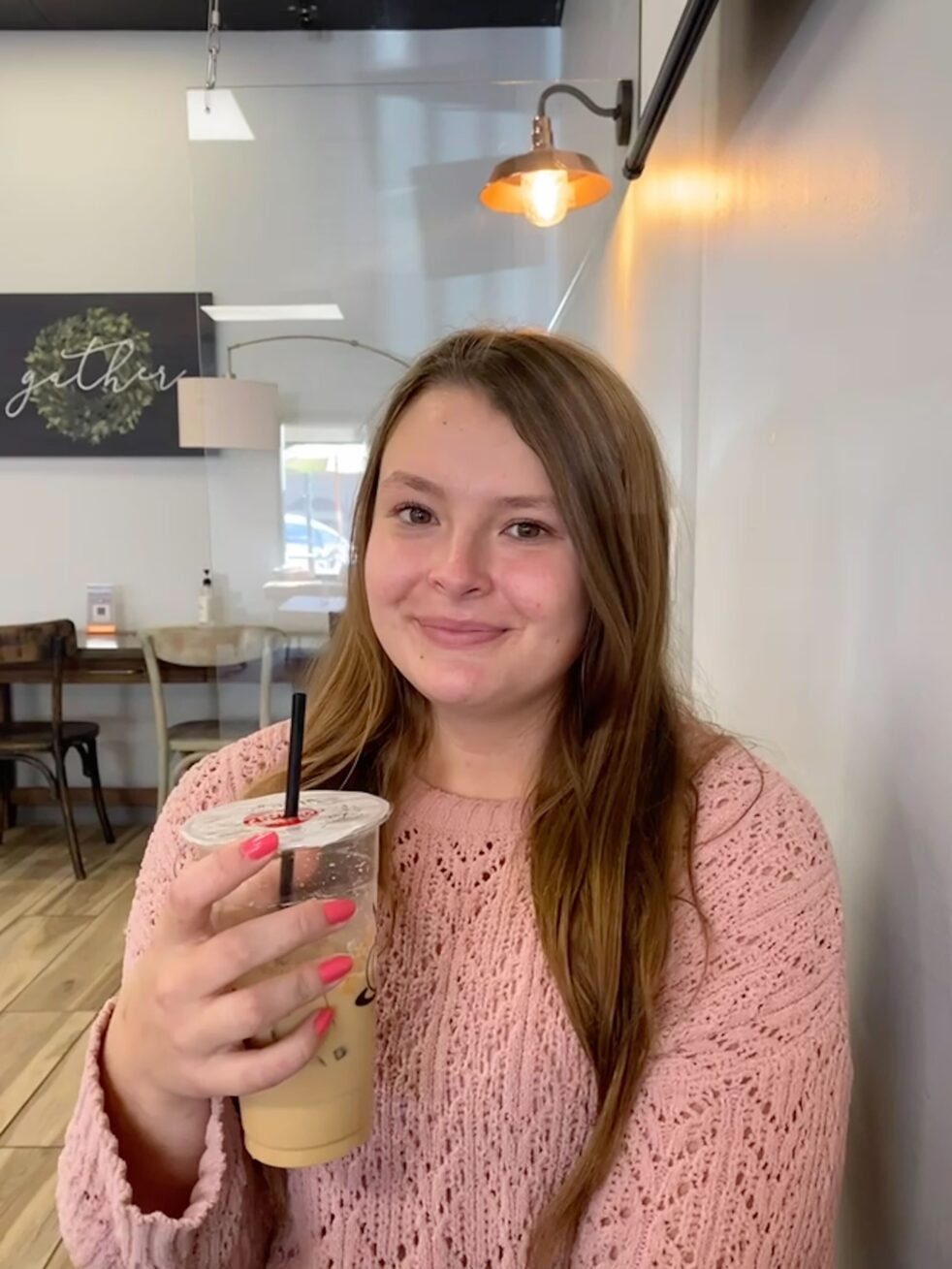Having a fashionable body type has always been a requirement to be a conventionally attractive and stylish woman, to the point that women must constantly shape their bodies to fit societal expectations. Thin was in from the ‘90s to early 2000s, until the “BBL body” replaced it in the late 2000s and 2010s. Over the past five years, thinness is back in, and Ozempic is making it more achievable than ever. Whether the ideal is to be as small or curvy as possible, society expects women to utilize drastic measures from diets to surgery in order to keep up.
Having a fashionable silhouette is nothing new in fashion, but the expectation that a person’s silhouette must change rather than the structure of the clothing is a new phenomenon. Historically speaking, women used foundational garments to build the ideal shape around the body. 16th century stays created a conical torso, farthingales emphasized the hips in the 17th century and S-bend corsets gave Edwardian women the Gibson girl body. Now, instead of having support garments that build the desired shape around us, we go to extreme physical lengths to transform our bodies.
The intense changes in the ideal body type for women over the past several decades has changed drastically from extremely thin, to a specific type of curvy, back to skinny. The popularity of drastic measures such as surgery and extreme diets to achieve the ideal of the time reflect the intense pressure to conform.
Many remember the early 2000s for the intense diet culture, especially new fad diets gaining popularity on a seemingly monthly basis. As the ideal shifted curvier, the Brazilian Butt Lift (BBL) gained popularity. Holding the title of the deadliest cosmetic procedure performed today, the number of BBL’s grew over 90% from 2015 to 2019. People were willing to risk their lives to achieve a so-called “perfect body,” yet it was only perfect for a few years.
But, as the ideal body has shifted back to a small frame, GLP-1 medications make thinness available for purchase. Costing upwards of $1000 per month, the number of American adults on these medications has almost doubled annually for the past six years. Millions reach for surgical or prescription solutions to the problem of having an unfashionable body type, showing the danger of a body type being “trendy.”
The expectation to align with the beauty standard, in combination with the rise of fast fashion replacing custom-fitted garments, creates feelings of shame when clothes don’t fit perfectly. The clothes are made to fit very generalized proportions, and in turn, the clothes are unlikely to fit most people completely perfectly. . If an article of clothing is too small, too short, too baggy or somehow all of the above at the same time, it can feel like it is your fault, rather than the fault of the garment.
The root cause of this shame is the very idea that body types are trendy. The “trendiness” of body types is inherently rooted in the patriarchy and its aim to control women through conformity, and it succeeds at controlling women to this day.
If you are trying on clothes and they fit strangely (or not at all), it is not your fault. It is the fault of the globalization of fast fashion, the toxic body trend cycle and the patriarchy’s perpetual aim to control women. Your clothes are meant to fit you, you are not meant to change to fit into them.
